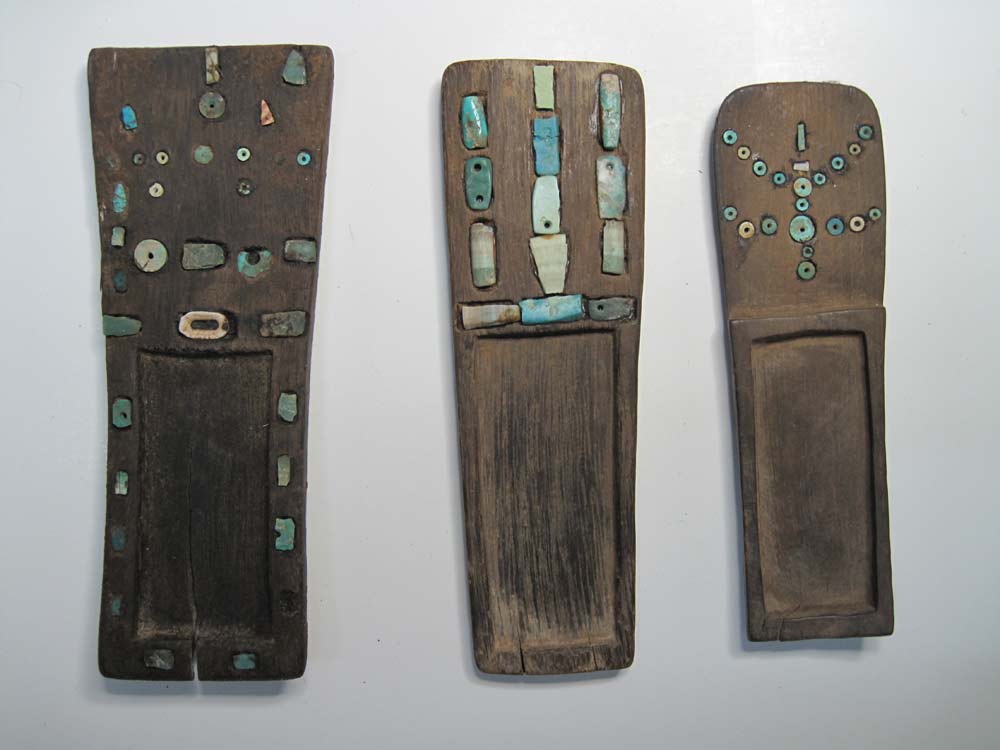Images: Chilean Mummies Hold Nicotine Secret
The Atacama

The hair of mummies from the town of San Pedro de Atacama (SPA) in Chile, shown here, reveals the people in the region had a nicotine habit spanning from at least 100 B.C. to A.D. 1450. Additionally, nicotine consumption occurred on a society-wide basis, irrespective of social status and wealth, researchers say.
Mummy Hair

The researchers analyzed hair samples of 56 mummies from the Late Formative to the Late Intermediate periods.
Naturally Preserved

The Chilean mummies were in good condition, preserved naturally from the high temperatures, extreme dryness and high soil salinity in the Atacama Desert (shown here).
Snuffing Tray

A range of different objects were buried along with the mummies, such as jewelry, weapons, ceramic objects, raw metals, textiles, vases and various snuffing paraphernalia (snuffing tray, shown here), including mortars, trays and tubes.
Nicotine Habit

In addition to finding nicotine in hair samples from 35 of the mummies, spanning a range of years, the researchers also found smoking pipes. Overall, the results, which will be detailed in the October issue of the Journal of Archaeological Science, suggest nicotine consumption in pre-Hispanic SPA occurred continuously for hundreds of years and was performed by people of all social statuses and wealth.
Chinchorro Black Mummy

The dryness of the Atacama desert is known for its ability to naturally preserve mummies, including this so-called black mummy created by the ancient South American Chinchorro people. Mummies like these were made between 7,000 and 4,800 years ago.
The Maiden Mummy

Other mummies found in South America include three child mummies, which were discovered on the summit of the Llullaillaco volcano located on the Argentina-Chile border. The summit is 22,100 feet (6,739 meters) above sea level, where temperatures were chilled enough to preserve the bodies, turning them into mummies, after the kids were sacrificed some 500 years ago. Here, the Maiden mummy of a 15-year-old girl who was sacrificed some 500 years ago suggests she likely suffered from a lung infection at the time of her death, scientists reported July 25, 2012.
Get the world’s most fascinating discoveries delivered straight to your inbox.
Jeanna Bryner is managing editor of Scientific American. Previously she was editor in chief of Live Science and, prior to that, an editor at Scholastic's Science World magazine. Bryner has an English degree from Salisbury University, a master's degree in biogeochemistry and environmental sciences from the University of Maryland and a graduate science journalism degree from New York University. She has worked as a biologist in Florida, where she monitored wetlands and did field surveys for endangered species, including the gorgeous Florida Scrub Jay. She also received an ocean sciences journalism fellowship from the Woods Hole Oceanographic Institution. She is a firm believer that science is for everyone and that just about everything can be viewed through the lens of science.


